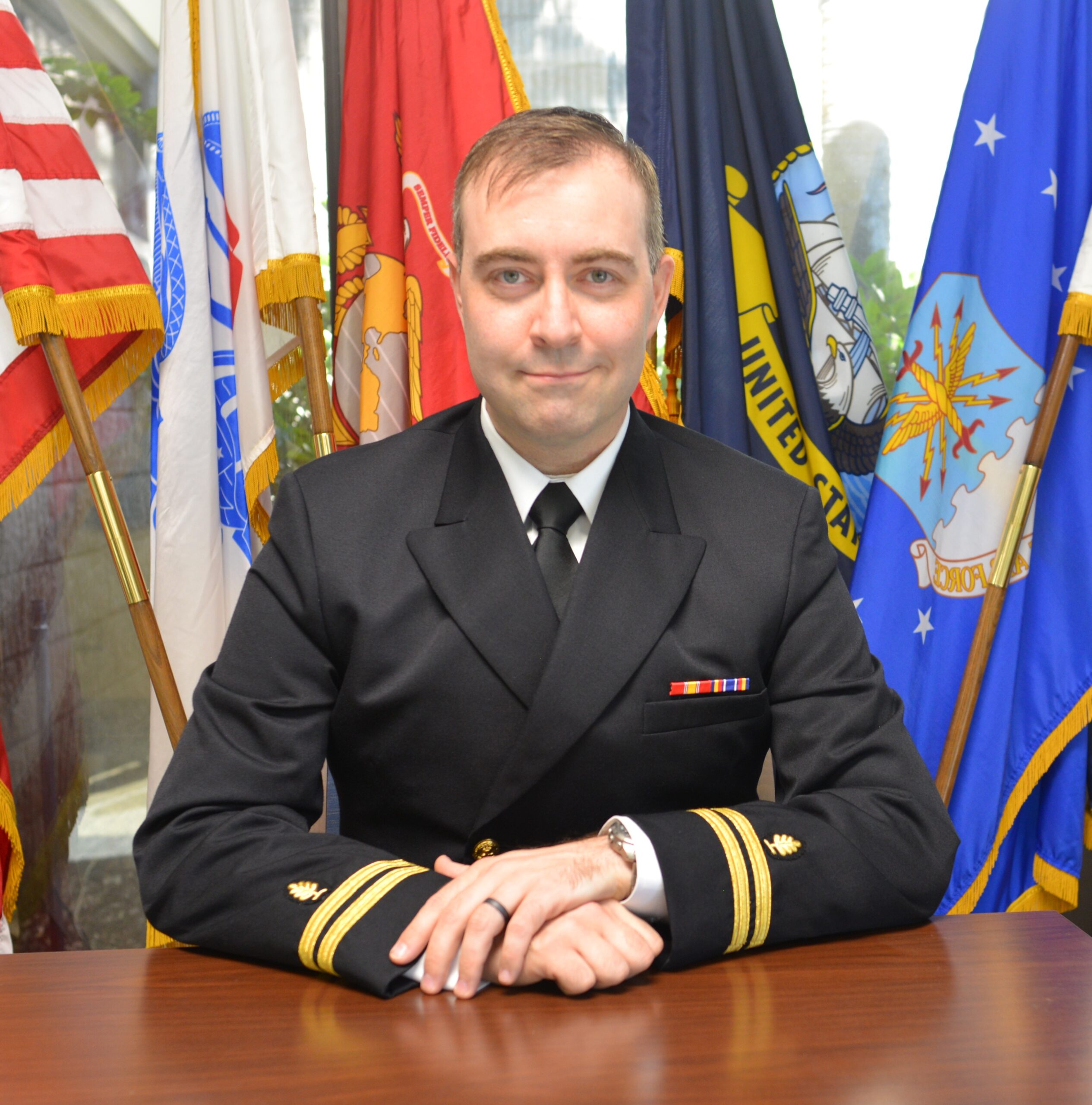Across All Seven Seas, Urban Entomology Holds the Keys
Lt. Adam Salyer, PhD. Entomologist, Medical Service Corps, United States Navy
2009 was a year of firsts. In the spring, I returned from my honeymoon and immediately learned of my invitation to study as an urban entomologist Masters student under Dr. Grzesiek Buczkowski and Dr. Gary Bennett the upcoming fall at Purdue. Behavioral ecology was my initial interest masquerading through applied entomology research. However, Dr. Buczkowski inspired me to dig deeper, past mere eusocial behavior and into myrmecology; more specifically the patchwork of species diversity found throughout our urban jungle. Together with Dr. Bennett’s support, we found evidence to strongly support Odorous House Ants (Tapinoma sessile) fit the descriptor “back-seat drivers” of diminished ant diversity in urban habitats. Soon I was extolling odorous house ant’s contextual life history traits at Purdue’s annual Pest Management Conference, where many of my strongest friendships were cemented.

I yearned to learn more and was honored to continue work with Dr. Gary Bennett and Dr. Mike Scharf as my PhD advisors while I studied population structure and non-nestmate aggression within Black Carpenter Ants (Camponotus pennsylvanicus). It may have been the endless time I spent scoring epic black carpenter ant battles in miniature arenas (“Are you not entertained?”) that pushed me to wonder how entomologists contribute to the Department of Defense (DoD). Accordingly, I attended a DoD symposium at the 2016 Entomological Society of America conference and was fascinated by a presentation summarizing the past year’s scientific efforts and global health engagement contributions from Navy entomology. I was surprised to learn my urban pest management service, teaching certification, and favorite coursework (Dr. Kaplan’s ecology, Dr. Hill’s medical and veterinary entomology, and Dr. Bennett’s pest management just to name a few) had primed me to be an ideal DoD entomologist. I presumed the military would only want medical entomologists but urban pest management expertise comes in handy if needed to control roaches on a ship, prevent rats from destroying critical supplies, maintain pesticide and applicator equipment inventories, and provide guidance on installation of pest management plans. There were so many interesting puzzles to solve in the Navy and I just happened to have the right keys. Most importantly, I had the love and support of my wife, Amy, and a baby girl with whom I wanted to explore all corners of the world. After celebrating our daughter’s first birthday and a warm sendoff from my closest academic mentors and peers, I commissioned in July 2019 as a United States Navy entomologist.

I started my Navy career working at the Navy Entomology Center of Excellence (NECE) in Jacksonville, FL. I, a native of the northern edges of Chicagoland, acclimated much quicker to Navy physical conditioning, “acronym soup”, and the DoD culture of excellence WELL before I acclimated to a southern climate. As Science Director, I managed a portfolio of 23 research projects budgeted at $2.35M to improve disease detection and vector control across four geographic combatant commands. My aspirations and impacts grew in scope, leading nine global health engagement initiatives to provide operational training support, research, and force health protection to the fleet and 15 foreign government partners. I leveraged an opportunity to speak at the Purdue Pest Management Conference in January 2022, where I also helped initiate discussions between Purdue Entomology, the Purdue Military Research Institute, and NECE, a partnership I hope continues to grow.

My family was blessed with another two daughters in Jacksonville and in October 2022, we were on course to my current duty station, the 3rd Medical Battalion in Okinawa, Japan. After a few months of feeling like a fish out of water, I now serve as the Current Operations Officer of the battalion wherein I support planning, execution, and reporting of all battalion medical activity. Learning about Navy medicine has felt like drinking from a fire hose, but I’m excited to develop my medical planner skillset in preparation for what I hope is a long Navy career.

I wouldn’t be here if it weren’t for many cherished memories of people and adventures I had at Purdue. I surveyed for ants for years, becoming infamous among campus police as “the weird ant guy” found scouring trees day or night. Dr. VanWeelden, soon-to-be Dr. Nixon, my wife, and I were immortalized in Breakfast Club regalia in a picture for the University newspaper.

Dr. Bennett, Holly Fletcher-Timmons, and I managed to execute what became infamously known as Blizzard Con when the Pest Management Conference was snowed in (2014). I was thankful to speak and shake hands with entomology giants including Dr. John Osmun and Dr. Austin Frishman, not to mention the bumper crop of entomology professors researching at the Department of Entomology. Purdue gave me more than a passion for Entomology. It gave me the tools and drive to manage medical team operations and global research. No matter where I am in the world, each time I see an ant returning to feed its colony, I will always think back to Purdue and the impact just one Boilermaker can have on the world. Thanks for your support!





No responses yet